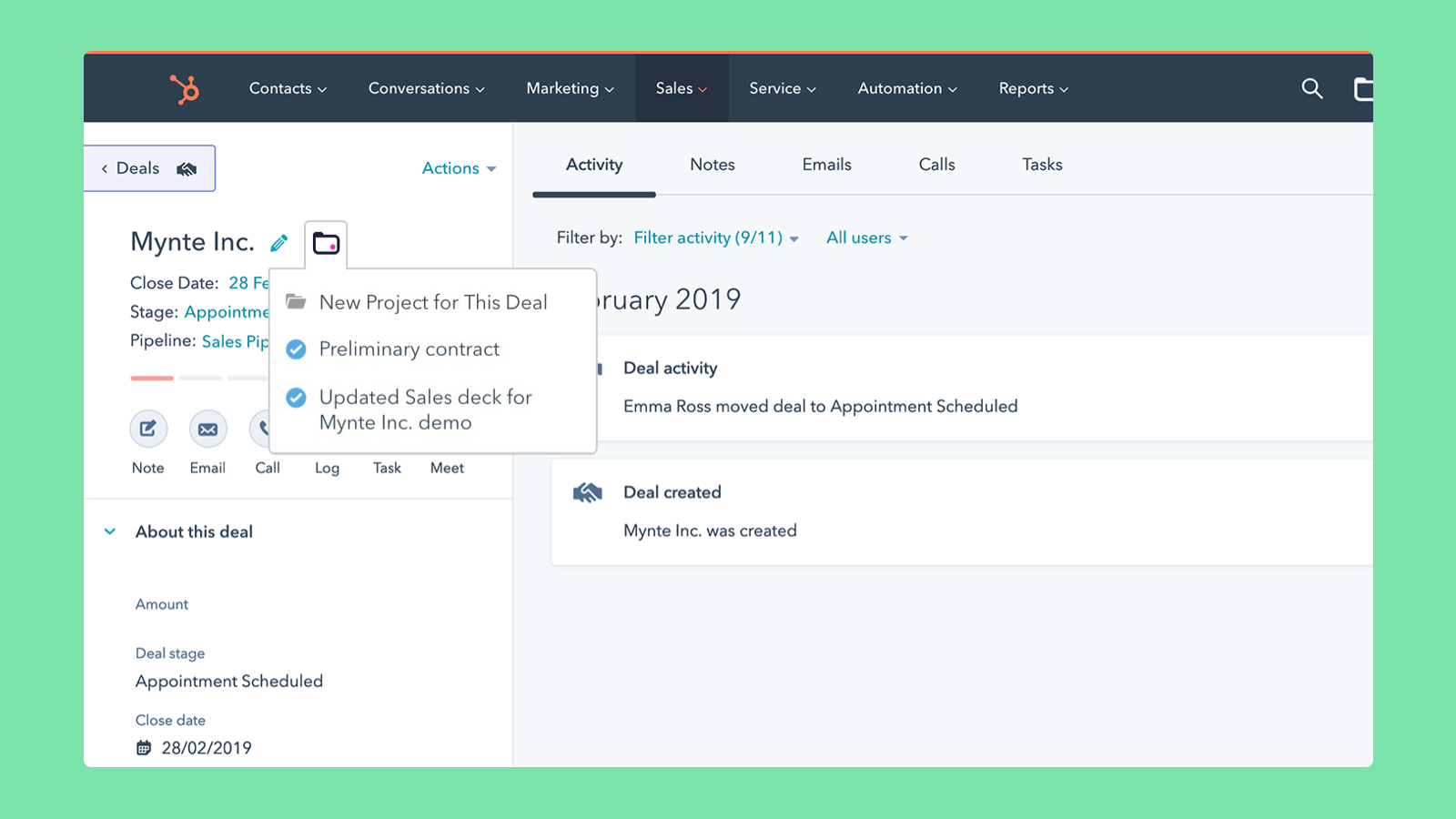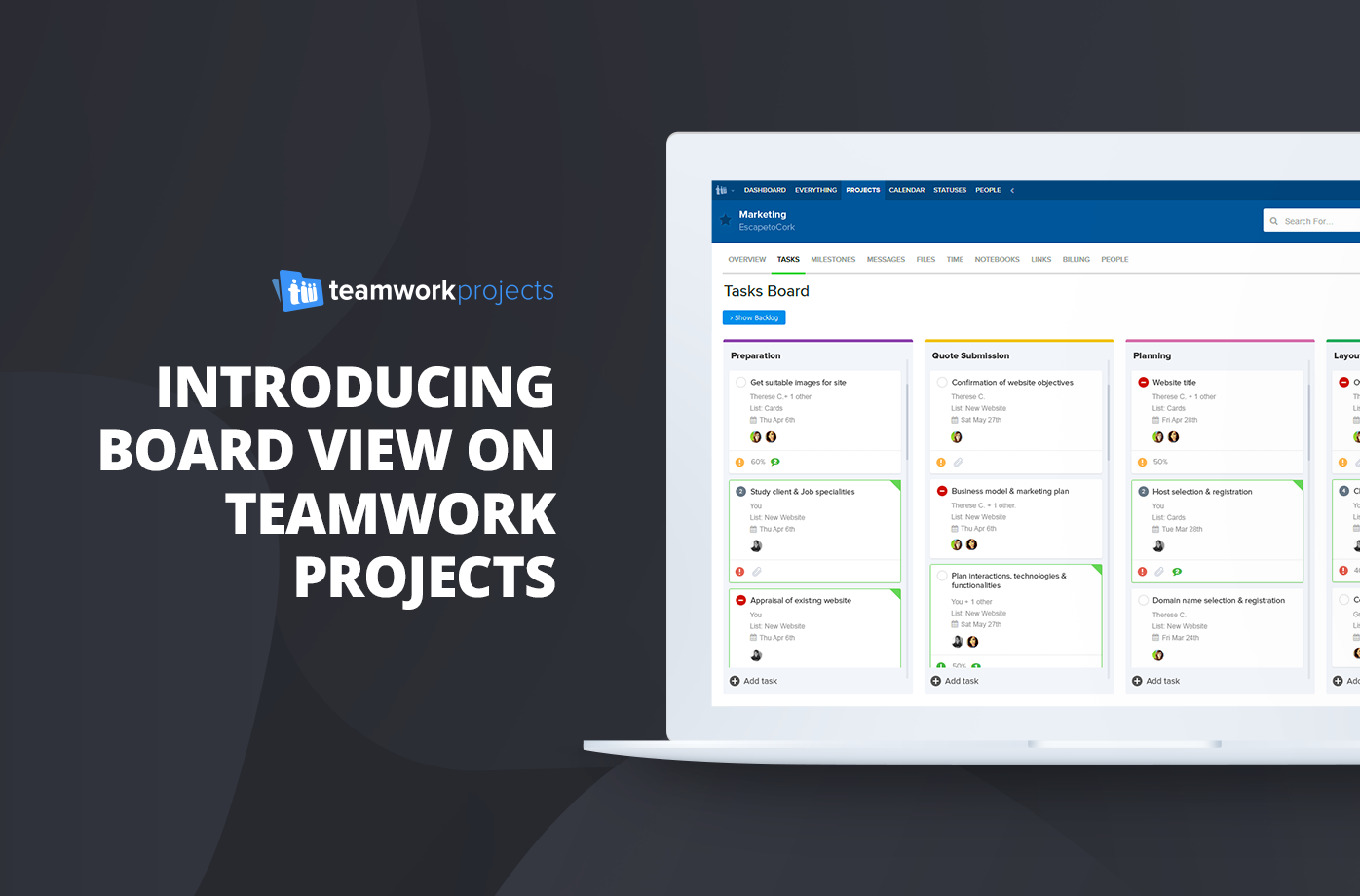
Triggers in Board View are an effortless way to keep your project running smoothly. Mapping out your process using Board View forces you to get crystal clear about your workflow - as it actually is, not as you wish it would be. It helps you to pinpoint what’s working for you, where the pitfalls are, and what can be improved.įor many people, the process of mapping out their process can be a big “aha!” moment, helping them to discover optimization possibilities they didn’t even know they needed. Is your process running the way you want it to? Or is your team just doing things the way they’ve always been done? Not only that, but it helps each team member to see how they fit in to the project’s ecosystem - and how the work they do contributes to the big picture.Ģ. Reveal the logistics of your project - and improve it This means that it’s easy and instant to see how your project is progressing, and get at-a-glance status updates of various tasks change as they move from column to column.īoard View lets you see who’s working on what, how each task is progressing, and make things even clearer with customizable tags. One of the most helpful things about Board View is how visual it is. Get immediate visual status updates on each task’s progress Still not convinced? Here are a few more reasons to try Board View.ġ.

While many approaches use columns to represent the stages of a process (with your task moving across the board from left to right as it progresses), there are lots of other ways to use Board View to represent your work.įor example, you can also use columns in Board View as a way to group your work together into categories, if you prefer.Īnd of course, everything in Board View is supported by the robust tagging and filtering options you’ve come to expect from Teamwork, so you can curate your work even further. They’re especially important in agile methodologies: Kanban boards, Scrum, Scrumban, and Lean all rely on visual workflows to map out project processes, give you immediate status updates, and reveal bottlenecks, so you can continuously improve your workflow and maximize your team’s efficiency. Using boards to visually represent your work is a key part of many popular project management methodologies. (Not sure whether to use Task Lists or Board View? Check out our complete guide to managing your work in Teamwork!)īoard View lets you map out your process into columns, see all of your tasks represented as cards, and quickly and easily see what stage each piece of work is at. Here’s why it’s so helpful - and how your team can use it. Using a task list is a quick and easy way to list out everything you and your team need to do to hit your goals, and enjoy the satisfaction of watching your list shrink as you start ticking items off.īut for other projects, you might prefer to take a different approach: something that lets you visualize your process and gives you immediate, at-a-glance updates on your work’s progress.įor those times, you need Board View. That means that no matter how you want to manage your work or which project management methodology you like to use, Teamwork can help.įor some projects, the best way of getting things done is with a humble task list.


At Teamwork, we’re all about giving you the flexibility you need to work your way.


 0 kommentar(er)
0 kommentar(er)
